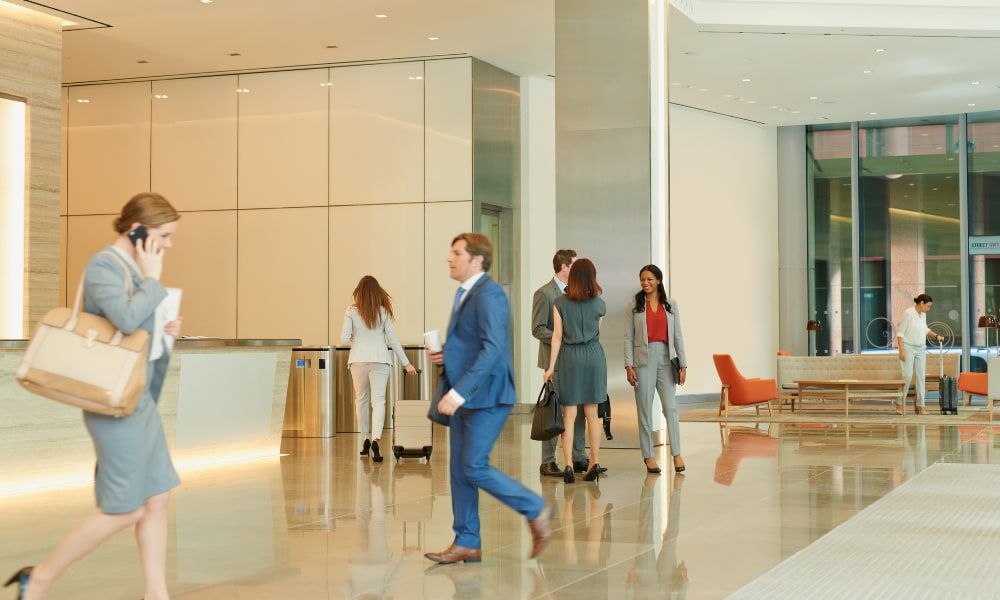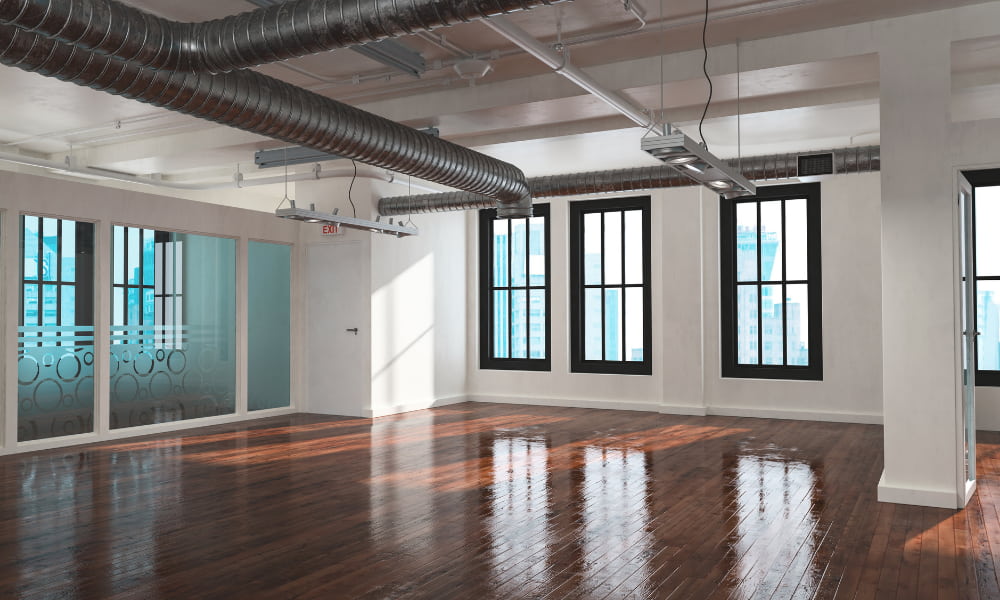The terms “rentable square feet” and “usable square feet” come up a lot when you’re looking to rent commercial space. Learning the difference between these two phrases is essential so renters you’re not disappointed when moving into the office building.
There is more to these terms than just quantifying the building’s interior space, though. The calculations can get particularly complex in a multi-tenant building with common areas that various tenants share. This guide will show you how to calculate the usable square feet and rentable square feet you’re evaluating to help you negotiate fair leasing terms.
What Are Rentable Square Feet and Usable Square Feet?
Usable square feet is the total area you actually occupy from wall to wall within the building. This calculation does not include common areas like stairwells, storage rooms, janitorial closets, restrooms, and lobbies unless they’re on a floor that only your business occupies. Otherwise, the common areas fall under rentable square footage.
Rentable square feet include the wall-to-wall space you occupy inside a building including common areas within the property’s shared spaces. These spaces can include the entrance, lobby, elevators, hallways, and washrooms outside of the usable space within the office or commercial area.
Why Rentable Square Feet and Usable Square Feet Matter
Knowing how these terms influence the amount of space you get to use will help make sure you lease the space you need at an agreeable price. They can define:
The Internal Space Your Business Has
The rentable square feet listed in your lease agreement doesn’t necessarily reflect how much space your business gets to use. Common areas like washrooms, hallways, and others aren’t really yours to leverage.
Companies with specific space requirements will need a clear understanding of the usable square footage to determine if the space will work for them.
Usable External Space
Another consideration is whether the common areas are usable by the business. If much of this space is hallways and stairwells, it won’t affect your operations much or provide much of an advantage.

Rentable space that includes outdoor areas and lobbies where the company can conduct meetings or other operations are generally worth more to your business.
The Cost
You usually end up paying for the rentable square footage rather than usable square footage. A formula defines how much of the shared space each tenant is responsible for paying, and it usually relates to the usable space they’re renting. So usable space works as a surrogate for determining how much of the common area goes into your lease.
Load Factor
The number that determines the rent each company within a building pays is the load factor. You get this number by taking the rentable square footage and dividing it by the usable square footage. A renter with a 20% load factor would then pay for 20% of the common areas’ square footage.
Learning how landlords calculate these spaces and their costs will help you understand if the lease is a fair deal and the space will meet your needs.
4 Tips to Identify Buildings With the Right Rentable Square Footage
Now that you know you’ll be paying for your rentable square feet, which includes common areas within the building, it’s time to look at whether your organization could benefit from these spaces. Consider these potential uses when touring an office space:
1. Your Clients
Perhaps the most crucial aspect of your rentable space is the influence it will have on your clients and prospects. The lobby could be the first thing a potential client sees when approaching your office, which means it has the chance to leave a lasting impression, good or bad.

A grand entrance through a modern hall could set a tone that makes for easy sales, and that revenue increase should make the shared space worth the cost.
2. The Facilities
The specific contents of shared spaces in buildings vary greatly, so you’ll want to consider the facilities these areas add to your business. Elevators, lobbies, and washrooms are probably necessary for your company, so paying for them as part of your rentable square feet is to be expected.
On the other hand, a large cafeteria might not be beneficial if there are already restaurants nearby. A nice entranceway or garden may impress visiting customers, but it’ll mean less to a business that conducts all of its sales online or remotely (that’s why warehouses don’t do a lot of landscaping).
3. Maintenance Costs
Will you be on the hook for maintenance costs? There is a good chance the answer is yes, so consider the cost of repairs and maintenance inside the building. The cost to renovate an old, rundown lobby could be passed on to the tenants, making what seems like a good deal less financially beneficial.
4. Value Provided
The value your business receives for the rent it pays is a critical aspect of your lease that can directly impact the bottom line. Common areas that add value for clients and staff will improve business operations, so the rentable square footage that you can’t directly use will be less important. Common areas that don’t add value, on the other hand, are just wasted money.
Evaluating the extra cost of your load factor and the value the company would receiving for that money will help you determine if the rentable-square-foot cost is worth it and how much office space you need.
Consult the Commercial Real Estate Professionals
It is always challenging to decide if a commercial space is going to meet the financial and operational needs of your businesses. Rentable square footage is just one factor in figuring out if the building is the right match. Getting expert advice and tenant representation assistance will ensure the process goes smoothly and that you end up in a space that provides intrinsic value to your operations.
The Genau Group can assist as you look at the property’s total package and determine if it’s the right match for your company. Contact us for more information or assistance figuring out if the space will meet your needs.






